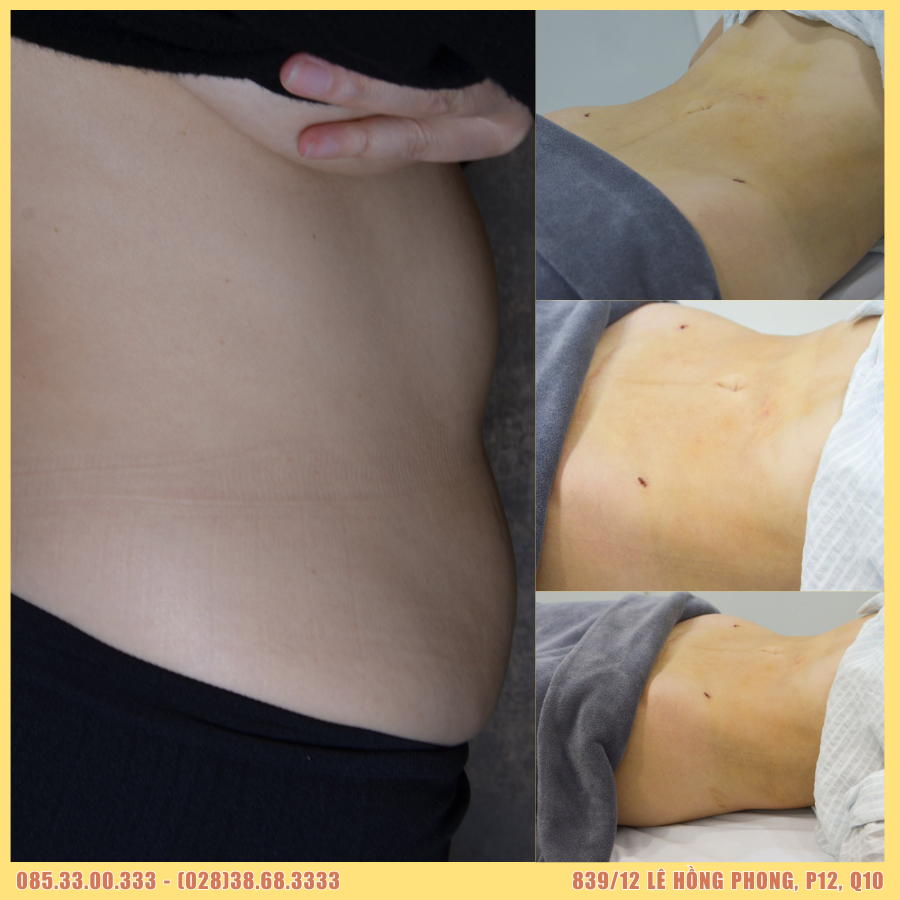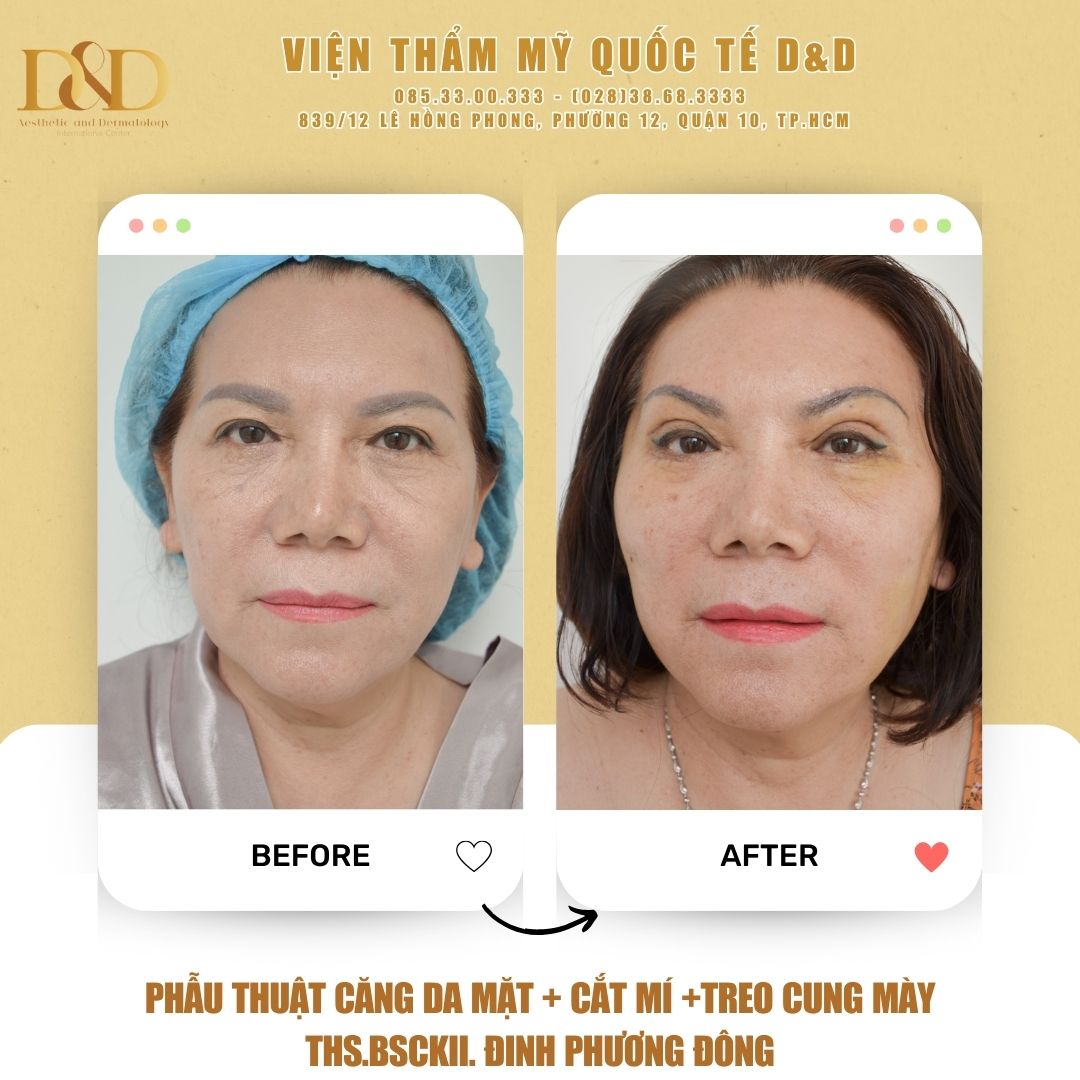Abdominoplasty
Tummy tuck removes excess fat from the abdominal area, helping to boost confidence and contribute to a more athletic appearance. Women often choose this procedure for weight reduction, body contouring post-pregnancy, or simply to achieve a more balanced physique.
Classification of abdominal fat:
Abdominal fat can be classified as subcutaneous (lying deep under the skin and superficial to the abdominal wall muscles) or visceral (located above the intestines and within the omentum).
In some individuals, visceral or omental fat may be relatively more abundant than subcutaneous fat. The ratio of visceral fat to subcutaneous fat tends to increase with age. This is a critical distinction when assessing a patient's suitability for abdominal fat removal procedures.
The abdomen can be divided into lower and upper regions. Some patients with little fat in the upper abdomen may only require fat removal from the lower and mid-abdomen. Other patients, such as women who have previously undergone abdominal shaping surgery, may only need fat removal from the mid and upper abdomen.
Indications for abdominoplasty:
For moderately overweight patients with good abdominal muscle tone, abdominoplasty is a good choice for achieving excellent aesthetic results with quick recovery and low risk. Procedures involving skin excision, tightening of the rectus abdominis muscles, can be performed a few months later as a secondary procedure under local anesthesia.
Abdominoplasty is not an ideal solution for every patient. Fat removal may not significantly improve the aesthetic concerns of patients primarily interested in eliminating stretch marks on the abdomen. Similarly, fat removal results may not meet expectations for patients with excessively loose skin and minimal subcutaneous fat.
Preoperative evaluation:
Assessment of rectus abdominis muscle separation Hernias, including umbilical, ventral, and abdominal wall hernias Pre-obesity and subsequent weight loss Degree of fat in the abdominal cavity, visceral or omental Previous abdominal surgeries History of abdominal liposuction A physical examination prior to surgery should always note the presence or absence of hernias around the umbilicus or abdomen. Hernias can increase the risk of inadvertent penetration into the peritoneal cavity during fat removal.
Abdominal hernias may need to be repaired by a general surgeon at least 8 weeks before abdominal fat removal. Typically, hernia repair is a simple procedure performed under local anesthesia.
The firmness of the abdominal wall muscles largely determines the "flatness" of the abdomen after fat removal. The condition of rectus abdominis muscle separation due to pregnancy reduces the degree of improvement. However, most patients with rectus abdominis muscle separation are very satisfied with the aesthetic results achieved solely through fat removal.
Previous abdominal liposuction with inadequate tumescent fluid and tightly sutured scars can increase postoperative inflammation and fibrosis. Fibrosis complicates subsequent fat removal procedures.
Considerations for upper abdominal fat removal:
Removing fat from the upper abdomen is more challenging than from the lower abdomen because the upper abdomen contains more fibrous tissue. Compared to the easy skin tightening and smooth results usually achieved in the lower abdomen, fat removal from the upper abdomen is more difficult and may result in less smooth outcomes. Both weight loss and upper abdominal fat removal can create wrinkles or horizontal folds in the upper abdominal skin. Excessive upper abdominal fat removal can cause necrosis of the entire skin layer, resulting in redness on the abdomen. For cosmetic surgery, achieving harmonious and natural results is paramount.
Postoperative care:
Pain reduction and gentle movement: Patients typically experience discomfort or pain most intensely from 36 to 72 hours after surgery. Gentle movement is possible post-surgery. Patients should avoid prolonged lying down and instead walk indoors or take short walks in the evening after surgery. Swelling: Common after abdominal fat removal and requires more time to fully heal. Clients may feel rough abdominal skin by palpation, typically appearing 4 to 12 weeks post-surgery. Mild subcutaneous swelling usually lasts from 3 to 4 months. Genital swelling and bruising: Some patients undergoing abdominal fat removal may experience transient bruising after surgery and genital swelling. This is due to the effects of gravity on the incomplete absorption of local anesthesia fluid mixed with blood post-surgery. This condition typically begins on the second or third day after surgery. Gravity-induced swelling has no clinical consequences and resolves spontaneously within a few days. No treatment is required, and patients should be instructed not to apply ice or perform other maneuvers that may damage tissue. Abdominal bruising: The extent of bruising after surgery depends on each patient and the liposuction technique and postoperative care. Drainage of fluid and compression bandages after surgery will promote swelling, pain, and bruising reduction. Bruising is the least significant of the postoperative phenomena. While swelling and pain will hinder the patient from quickly returning to normal activities, bruising is only a cosmetic issue.


45.png)

